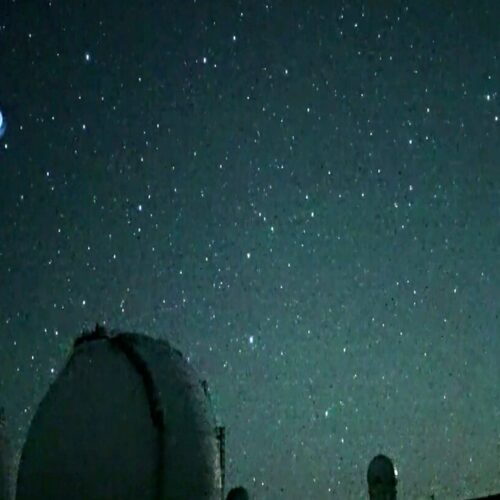A Japanese telescope spotted a glowing, whirlpool-like formation spinning through the night sky above a volcano in Hawaii earlier this month, shortly after SpaceX launched a navigation satellite into orbit.
Flying over the dormant Mauna Kea volcano on Jan. 18, the formation first appeared as a small, soaring white object before emitting an arc-like wave and slowly spanning out into a spiral. The spiral then faded into a ring-like shape, ending a stunning visual transformation that was caught on video.
At around 7:24 a.m. that day, SpaceX launched a global-positioning satellite into medium orbit using a Falcon 9 rocket that took off from Cape Canaveral Space Force Station in Florida.
Footage of the satellite launch shows the rocket blasting into a blue-and-orange morning sky, marking one of the company’s first missions of 2023.
Similar spirals have previously been reported after other SpaceX launches. In June, one was photographed hovering above Queenstown, New Zealand, on the same day a Falcon 9 was launched into the air from the same Florida location.
Similarly, a glowing swirl was photographed by the Subaru Telescope above Hawaii in April after a Falcon 9 rocket launched a satellite into orbit.
Some space-focused online communities have speculated that spiral shapes spotted after rocket launches are caused by the expulsion of leftover fuel.
The Subaru Telescope, which sits atop Mauna Kea, is operated by the National Astronomical Observatory of Japan, a research institute. Last week, the telescope also spotted long, flickering beams of green light in the sky, which are thought to have come from a remote-sensing laser from another satellite.
SpaceX and National Astronomical Observatory of Japan did not immediately respond to requests for comment.





